Tea Tree Oil For Warts: Benefits, How To Use, And More
Get rid of those unsightly skin growth with this simple natural ingredient.
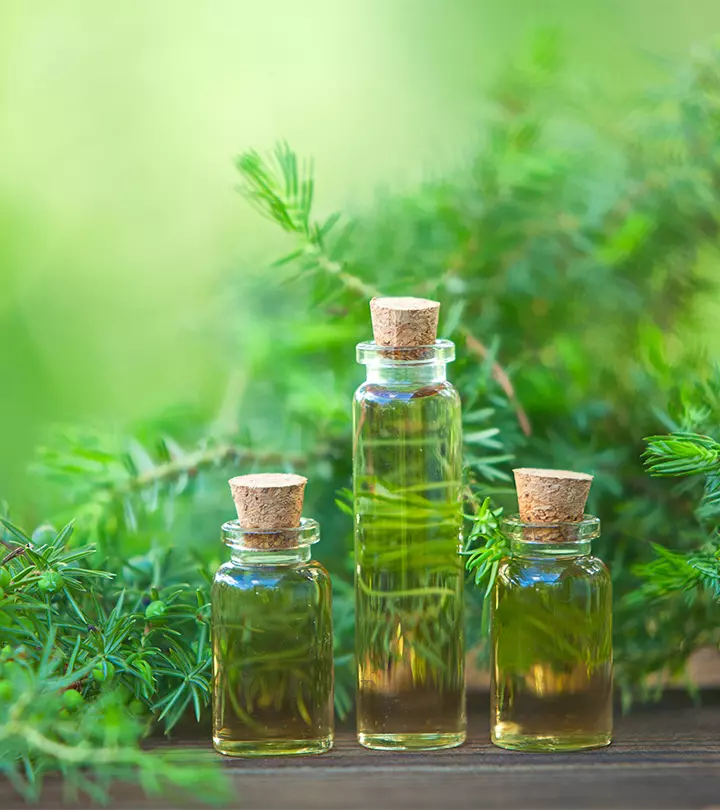
Image: iStock
Warts are caused by the human papillomavirus (HPV) and look like small, fleshy skin growths. They are contagious, and you can treat them naturally with tea tree oil. If you do not know how to use tea tree oil for plantar warts or are skeptical about it, there are plenty of reasons to give this herbal medicine a try.
Studies show that the antiviral and healing properties of tea tree oil may help you deal with warts. This article explores why you should consider using tea tree oil for warts and potential risks. Read on.
In This Article
What Causes Warts?
Human papillomavirus (HPV), a virus with many subtypes, causes skin warts in specific areas. It may spread to other parts of the body through skin contact (1). While the virus generally spreads via physical contact, it may also spread from sharing items like towels. It enters your body through hangnails or open wounds or other such areas where the skin’s protective layer is disrupted. It infects the skin’s surface layers. However, widespread infection is rare.
Though the virus replicates in the upper skin layer, it may also be found in the deeper layer. Therefore, it is best to get it treated as soon as possible.
Although warts can disappear on their own, the process may take several weeks, months, or even years. This is where tea tree oil may help accelerate the healing process.
Key Takeaways
- The antiviral properties of tea tree oil may help clear your skin of warts, which are not harmful but are contagious.
- Combining tea tree oil with a carrier oil, garlic, or apple cider vinegar is an effective natural remedy for warts.
- Applying tea tree oil may cause contact dermatitis if you are allergic to it.
Tea Tree Oil For Warts: Does It Work? What Are The Benefits?
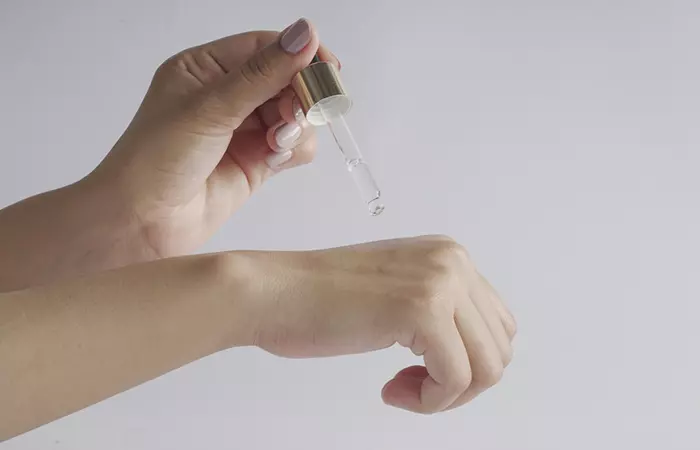
Several studies have found tea tree oil to be effective against warts (except genital warts). It has antiviral properties and is effective against the human papilloma virus (HPV) that causes warts. In two separate case reports, researchers found that topical tea tree oil removes warts in just 10 (first case) and 20 days (second case) (2).
In another study, researchers observed that daily application of topical tea tree oil removes warts in a pediatric patient in 12 days (3).
Tea tree oil is widely used in aromatherapy. It has antifungal, antibacterial, and anti-inflammatory properties that may help reduce bacterial and fungal growth. Thus, many skin experts also recommend using tea tree oil for acne. This ingredient is also beneficial in managing other skin issues like seborrheic dermatitis, chronic gingivitis, and issues caused by other oral pathogens (4), (5).
Tea tree oil promotes wound healing by cleansing the wound site, preventing bacterial and fungal invasion. It is considered safe for topical use unless you are allergic to it (6), (7), (8). It has antiseptic properties and helps activate the white blood cells to fight infections and heal wounds effectively (9).
Although a few case studies found tea tree oil to be effective as a potential treatment for warts, more studies are required to prove its efficacy. If you have warts, consult a dermatologist before trying any traditional treatment methods or natural remedies.
In the next section, we have discussed how you can use tea tree oil on warts.
How To Use Tea Tree Oil For Warts
Note: Avoid using undiluted tea tree oil on the skin. It may irritate the skin and may worsen an existing condition. For all the skin care recipes, dilute 2-3 drops of essential oil with a tablespoon of any carrier oil (coconut, jojoba, avocado, olive, and almond oils).
Marissa, a travel, food, and lifestyle vlogger, talks about her experience using tea tree oil directly on the skin. She says, “I put it directly on to my skin and it gave me tremendous rashes. It basically broke down the entire surface of my skin. And when my skin built back, the warts were gone essentially. So that’s how it worked for me (i).” However, she also stresses the importance of diluting the tea tree oil because it is highly potent. It was simply fortunate that her rashes did not worsen her skin in the long run.
1. Apple Cider Vinegar And Tea Tree Oil
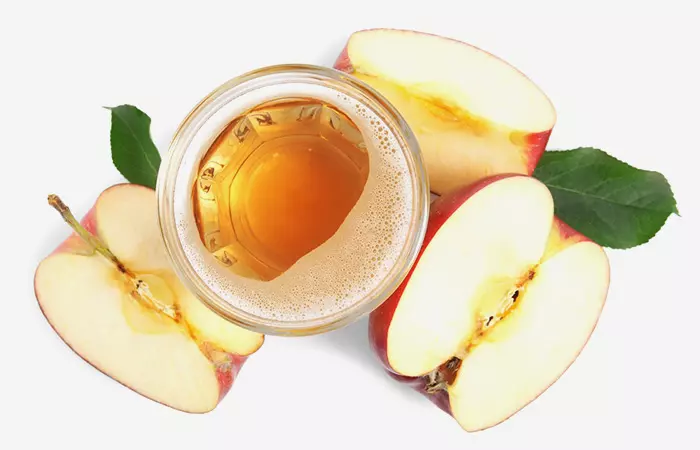
You Will Need
- 1 drop of apple cider vinegar
- 1 drop of diluted tea tree oil
- 2 drops of water
- Band-aid
What You Have To Do
- Mix all ingredients well and apply the mixture to the wart.
- Cover the wart with a band-aid.
How Often You Should Do This
Change the band-aid every 5-6 hours and reapply the blend.
Why This Works
Vinegar (including apple cider vinegar) contains acetic acid and helps destroy the wart tissue (10). The antiviral properties of the tea tree oil amplify its effect on the wart-causing virus.
2. Garlic And Tea Tree Oil
You Will Need
- 2-4 drops of diluted tea tree oil
- 1/3 teaspoon of crushed garlic
- Adhesive tape
What You Have To Do
- Apply the essential oil to the wart.
- Place the crushed garlic on it and secure the area with the tape.
- Leave it on for 3-4 hours.
How Often You Should Do This
Repeat with freshly crushed garlic twice a day.
Why This Works
Garlic has antiviral properties and inhibits the proliferation of infected skin cells. It is effective against skin warts (11).
 Quick Tip
Quick Tip3. Castor Oil And Tea Tree Oil
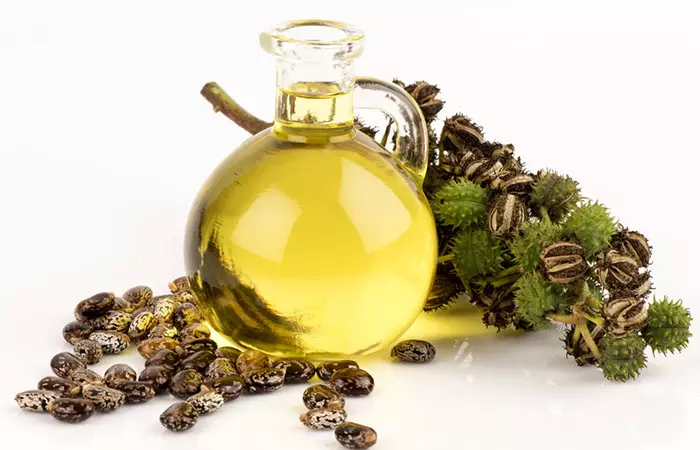
You Will Need
- 2-3 drops of tea tree oil
- 1 tablespoon of castor oil
What You Have To Do
Dilute the tea tree oil with castor oil and apply it to the wart.
How Often You Should Do This
Do this twice a day.
Why This Works
Castor seeds are often used for treating skin warts and other skin issues. The oil is extracted from the seeds and may help reduce warts (12).
4. Tea Tree And Sandalwood Essential Oils
You Will Need
- 1 drop of diluted tea tree oil
- 1 drop of diluted sandalwood oil
What You Have To Do
Mix the two oils and apply the blend to warts.
How Often You Should Do This
Apply this twice a day.
Why This Works
The topical application of sandalwood oil is effective in the treatment of common warts (13).
5. Tea Tree Oil And Baking Soda
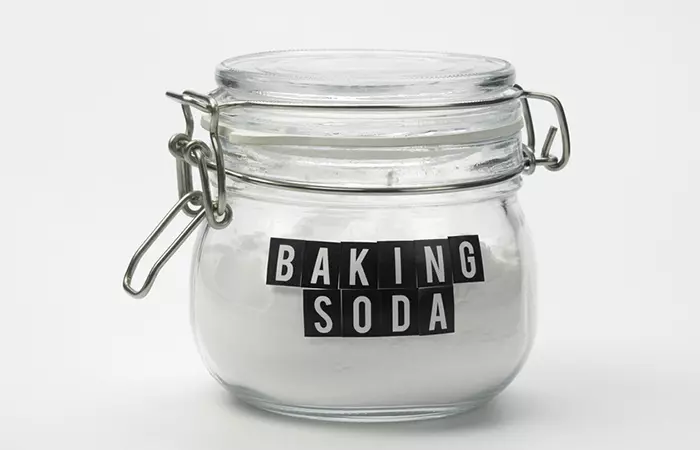
You Will Need
- 1 tablespoon baking soda
- 8-10 drops of diluted tea tree oil
- 1/2 cup of water
- Cotton ball
What You Have To Do
- Mix the baking soda and water to prepare a paste.
- Add the essential oil to the mixture.
- Apply the mixture to warts.
- Leave it on to dry and wash off.
- Store the remaining solution in an air-tight bottle.
How Often You Should Do This
Apply this twice a day.
Why This Works
Baking soda is an exfoliant and may help remove warts from the skin. It is also an astringenti It refers to a chemical substance that helps draw out water from the tissues, causing them to shrink. and may absorb moisture from the wart and make it fall off. However, baking soda is not a proven solution for warts.
Check the quality of the tea tree oil before buying. Always buy 100% pure and certified organic tea tree oil.
 Quick Tip
Quick TipThese are a few ways to use tea tree oil for warts, including some home remedies. How fast does it work on warts? Scroll down to learn!
How Fast Does Tea Tree Oil Work On Warts?
It depends on the therapeutic concentration of tea tree oil and the treatment’s duration. In general, it may take four weeks to six weeks for the wart to fall off.
Topical tea tree oil is generally safe. But it may cause some side effects. Check them out in the next section.
Side Effects And Risks Associated With Tea Tree Oil
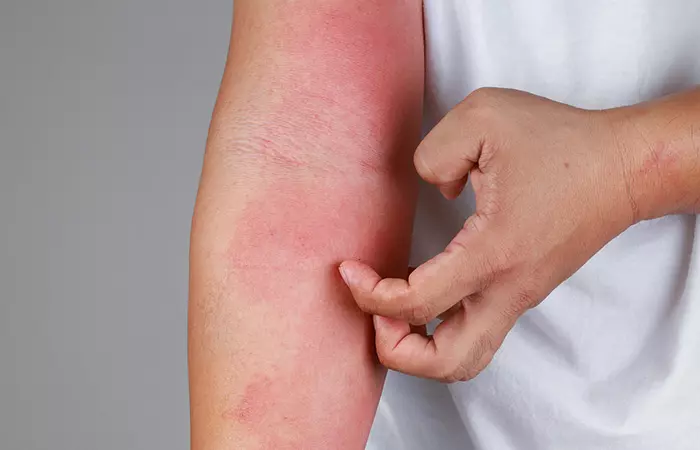
Topical treatment of tea tree oil is considered safe and beneficial for skin health. However, it may cause allergic reactions like contact dermatitis (14). Other minor symptoms of allergic reactions include redness, rashes, and skin irritation. So, always do a patch test before using it.
Be careful not to ingest tea tree oil as it may cause ataxia (loss of muscle coordination), confusion, and breathing problems and lead to coma (15).
If you are pregnant or nursing, always consult a doctor before using essential oils or any other alternative therapy. If you do not see any results from the treatment or develop side effects, consult a doctor.
When To Consult A Doctor
Warts often go away with or without treatment. However, if they do not resolve with treatment, persist for over six to eight weeks, and are painful, consult your doctor immediately.
Infographic: A Simple Guide To Using Tea Tree Oil For Warts
Tea tree oil is extensively used for treating acne and blemishes and soothing rosacea. A few studies suggest that tea tree oil has antiviral and antiseptic properties that may help treat warts. Check out the infographic below for the benefits and side effects of using tea tree oil as well as three ways to use it in the form of alternative medicine to treat warts.

Illustration: StyleCraze Design Team
Warts are a contagious skin infection caused by the Human Papillomavirus (HPV). Studies suggest that tea tree oil has high antiviral properties that may be effective in reducing warts. There are also various other tea tree oil benefits. It may help manage skin conditions such as acne, chronic gingivitis, and seborrheic dermatitis. Since the direct application of tea tree oil can cause an allergic reaction, mix it with baking soda, garlic, or castor oil for safe application. If you are using tea tree oil for warts, it may take four to six weeks before you see any results. If warts persist after six weeks, consult a doctor for further treatment.
Frequently Asked Questions
Can I mix tea tree oil with Vaseline?
Yes, you can mix tea tree oil with Vaseline and apply it to the skin. Applying it to wounds or acne breakouts may help reduce the appearance of scars. The antifungal and antibacterial properties of tea tree oil help fight infection caused by a weak immune system, while Vaseline moisturizes the area.
Can I leave tea tree oil on my face overnight?
Yes, applying tea tree oil on the face overnight can help treat inflamed and non-inflamed skin lesions. You can apply it before going to bed and rinse it off with warm water the next day.
Can I mix tea tree oil with water?
Yes, it is advised not to use tea tree oil without diluting it as it may irritate the skin. You can add water, aloe vera gel, or any carrier oil of your choice to dilute it.
Can tea tree oil remove blackheads?
Yes, the antibacterial and antifungal properties of tea tree oil make it an excellent solution against blackheads. Applying tea tree oil helps dry out the blackheads and unclog the pores.
Does tea tree oil expire?
Yes, tea tree oil expires. It has a shelf life of around 1 to 2 years. Also, it is important you store it in a cool, dark place.
Is tea tree oil good for toenails?
Tea tree oil has therapeutic benefits. The antifungal properties of tea tree oil help treat toenails (16). You may use it to treat infections like athlete’s foot and nail fungus.
Illustration: How To Use Tea Tree Oil For Warts

Image: Stable Diffusion/StyleCraze Design Team
Learn how to use tea tree oil to get rid of warts. Discover the simple steps to apply this natural remedy and get rid of those pesky warts with the help of this video.
Personal Experience: Source
StyleCraze's articles are interwoven with authentic personal narratives that provide depth and resonance to our content. Below are the sources of the personal accounts referenced in this article.
i. HOW TO GET RID OF FLAT WARTS 6 Month update!
https://www.youtube.com/watch?v=GtjzV_3AYaU
References
Articles on StyleCraze are backed by verified information from peer-reviewed and academic research papers, reputed organizations, research institutions, and medical associations to ensure accuracy and relevance. Read our editorial policy to learn more.
- Wart
https://www.ncbi.nlm.nih.gov/books/NBK431047/ - Tea Tree Oil (Melaleuca alternifolia)-An Efficient Treatment for Warts: Two Case Reports,
https://www.researchgate.net/publication/313333903_Tea_Tree_Oil_Melaleuca_alternifolia-An_Efficient_Treatment_for_Warts_Two_Case_Reports - Successful topical treatment of hand warts in a paediatric patient with tea tree oil (Melaleuca alternifolia),
https://pubmed.ncbi.nlm.nih.gov/18940708/ - A review of applications of tea tree oil in dermatology,
https://onlinelibrary.wiley.com/doi/full/10.1111/j.1365-4632.2012.05654.x - Antimicrobial efficacy of five essential oils against oral pathogens: An in vitro study,
https://www.ncbi.nlm.nih.gov/pmc/articles/PMC4054083/ - Commercial Essential Oils as Potential Antimicrobials to Treat Skin Diseases,
https://www.ncbi.nlm.nih.gov/pmc/articles/PMC5435909/ - Melaleuca alternifolia (Tea Tree) Oil: a Review of Antimicrobial and Other Medicinal Properties,
https://www.ncbi.nlm.nih.gov/pmc/articles/PMC1360273/ - Efficacy and safety of tea tree oil as a topical antimicrobial agent,
https://www.sciencedirect.com/science/article/abs/pii/S0195670198901359 - Biological activity of Melaleuca alternifola (Tea Tree) oil component, terpinen-4-ol, in human myelocytic cell line HL-60,
https://pubmed.ncbi.nlm.nih.gov/10519561/ - Vinegar: Medicinal Uses and Antiglycemic Effect,
https://www.ncbi.nlm.nih.gov/pmc/articles/PMC1785201/ - Garlic in dermatology,
https://www.ncbi.nlm.nih.gov/pmc/articles/PMC4211483/ - Antioxidant, Antimicrobial, and Free Radical Scavenging Potential of Aerial Parts of Periploca aphylla and Ricinus communis,
https://www.ncbi.nlm.nih.gov/pmc/articles/PMC3418662/ - Topical Sandalwood Oil for Common Warts,
https://pubmed.ncbi.nlm.nih.gov/28954520/ - Herbal Treatment for Dermatologic Disorders,
https://www.ncbi.nlm.nih.gov/books/NBK92761/ - Tea Tree Oil,
https://www.nccih.nih.gov/health/tea-tree-oil - Treatment of toenail onychomycosis with 2% butenafine and 5% Melaleuca alternifolia (tea tree) oil in cream
https://onlinelibrary.wiley.com/doi/full/10.1046/j.1365-3156.1999.00396.x?sid=nlm%3Apubmed
Read full bio of Dr. Priya Gill
Read full bio of Arshiya Syeda
Read full bio of Ramona Sinha
Read full bio of Monomita Chakraborty





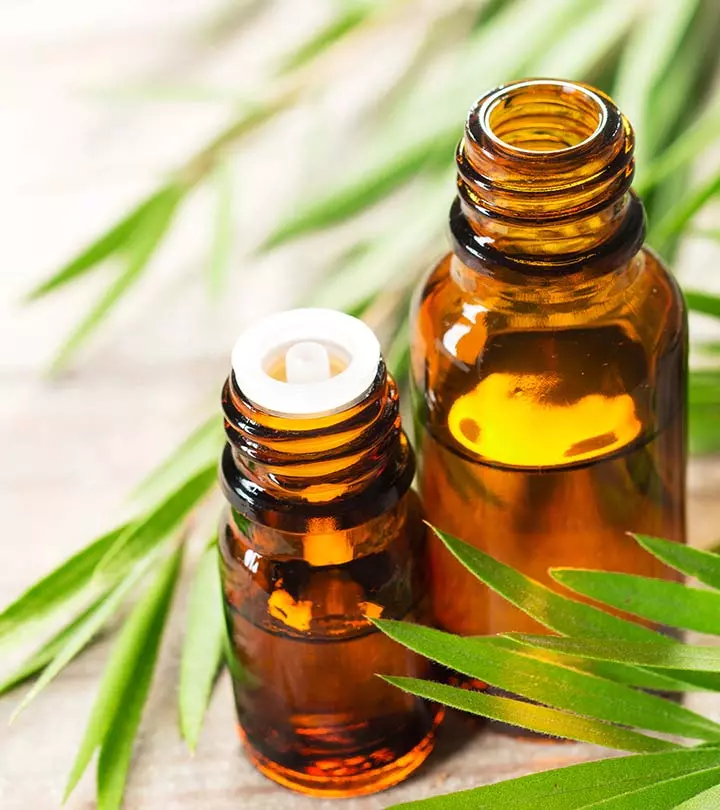
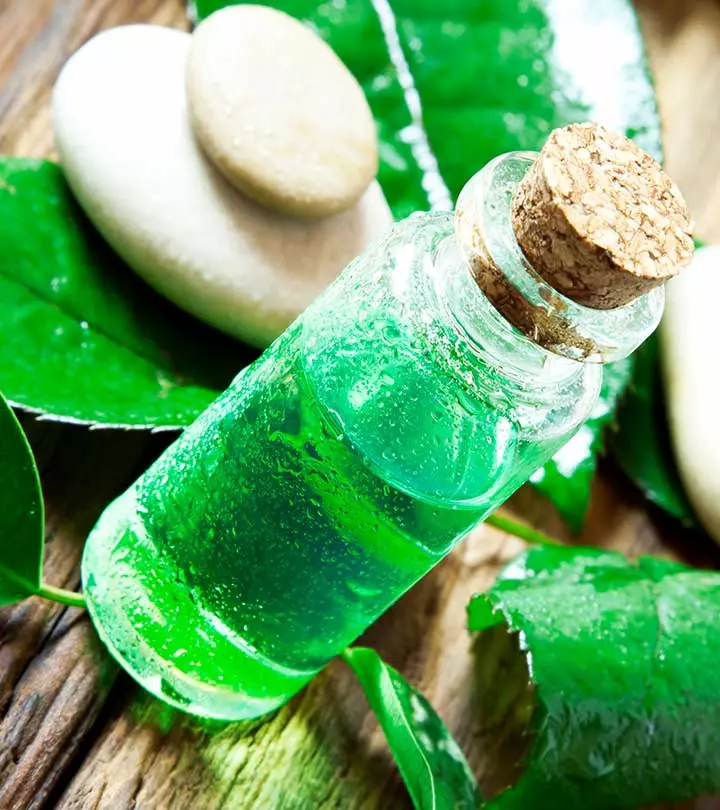
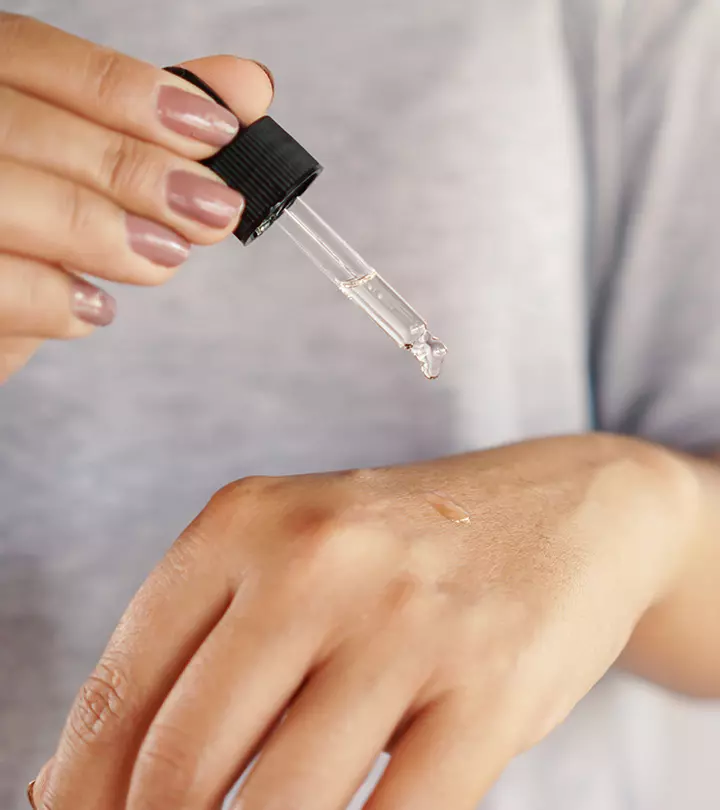
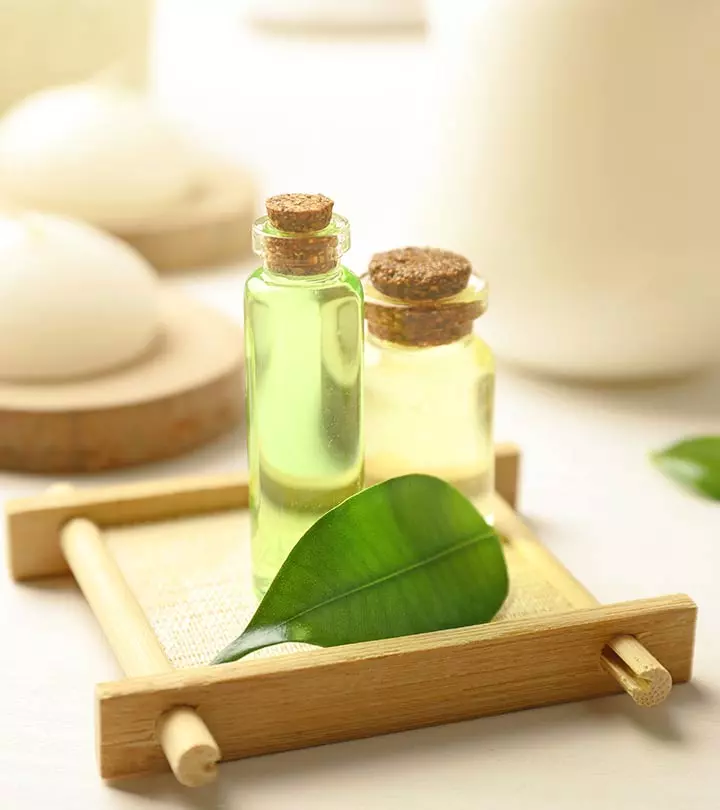
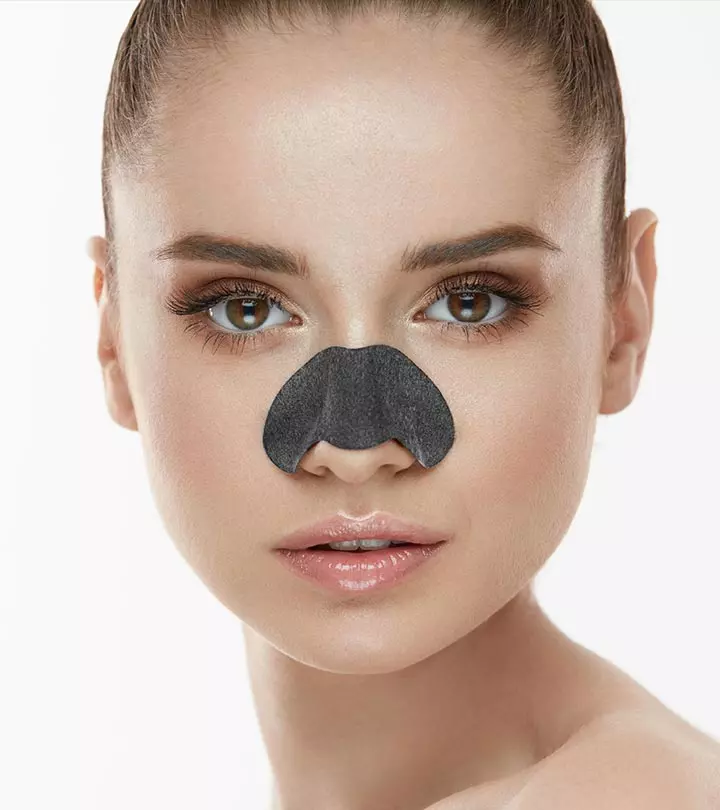
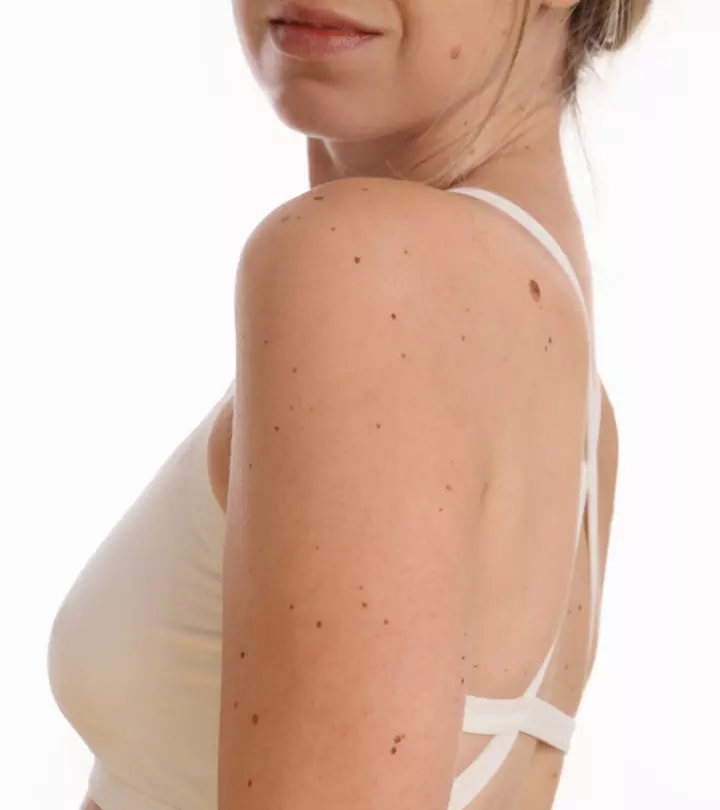

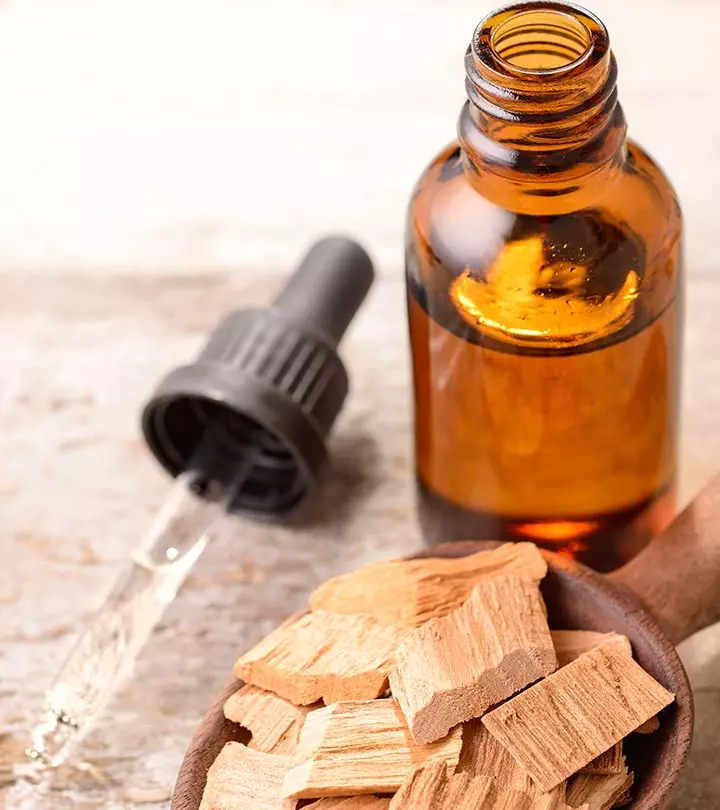
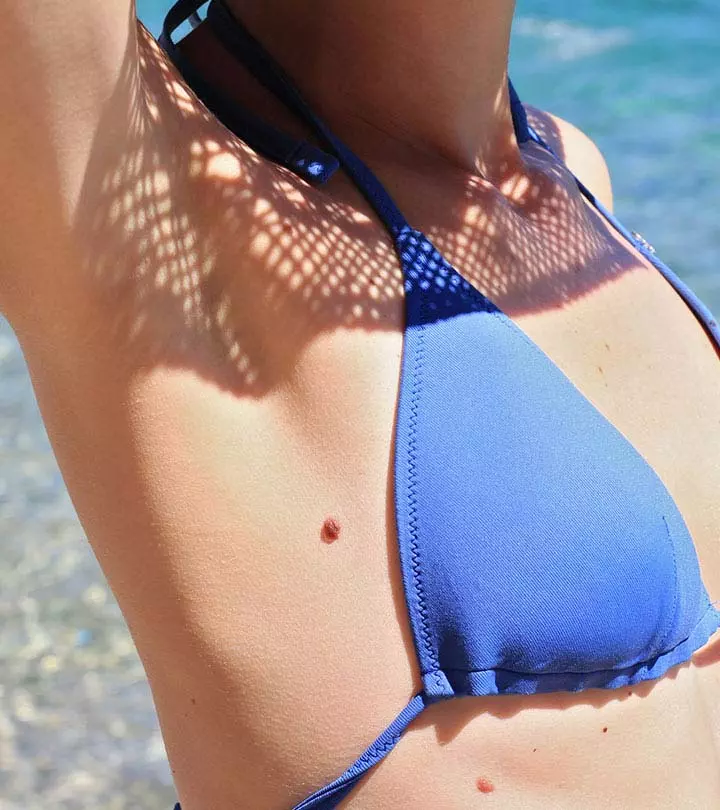
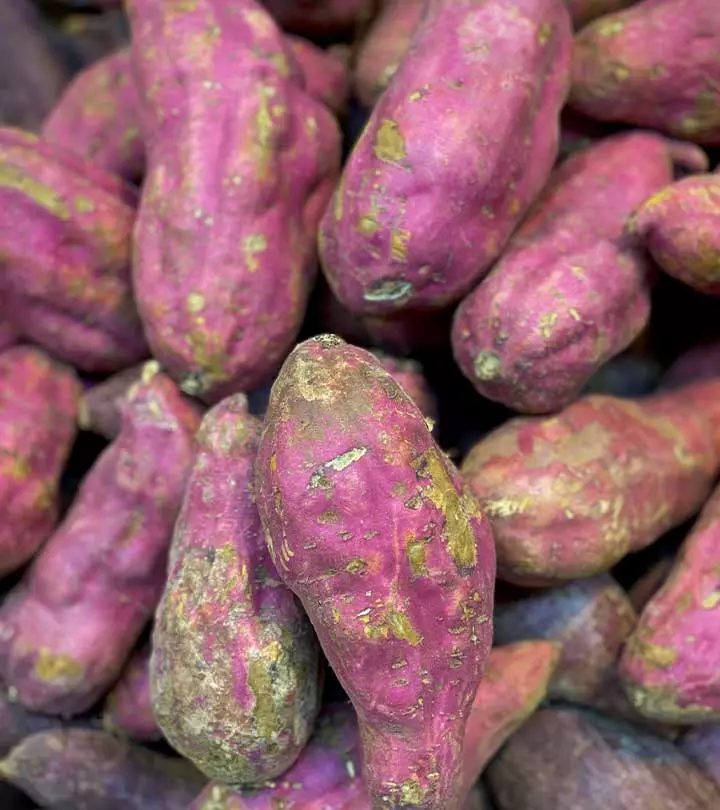
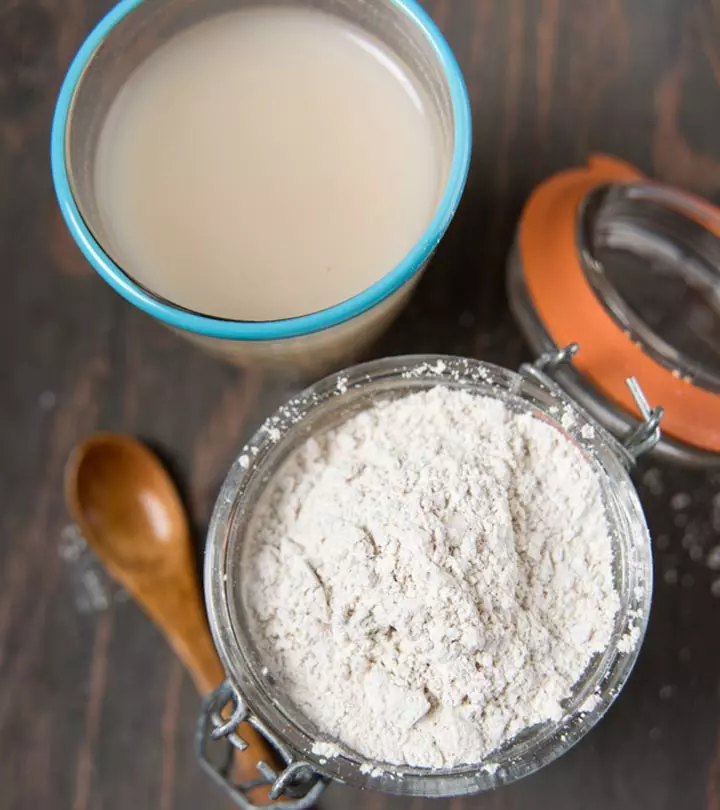
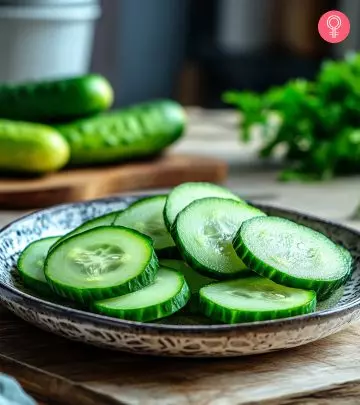
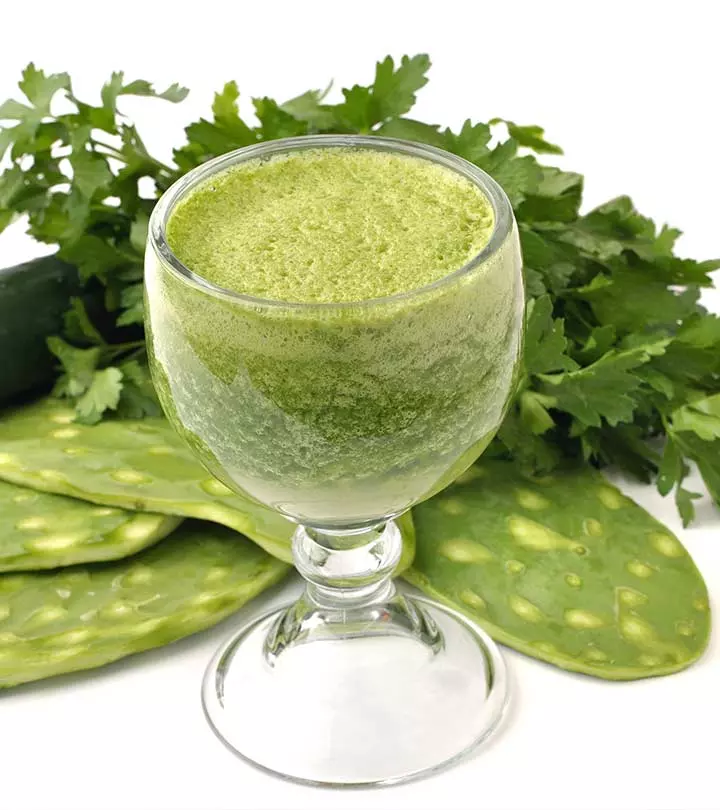
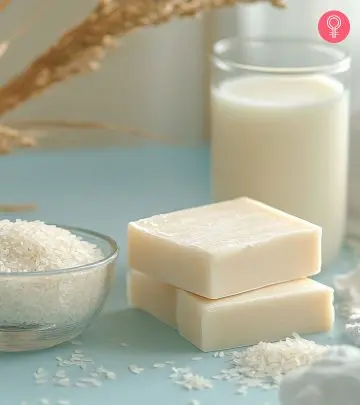
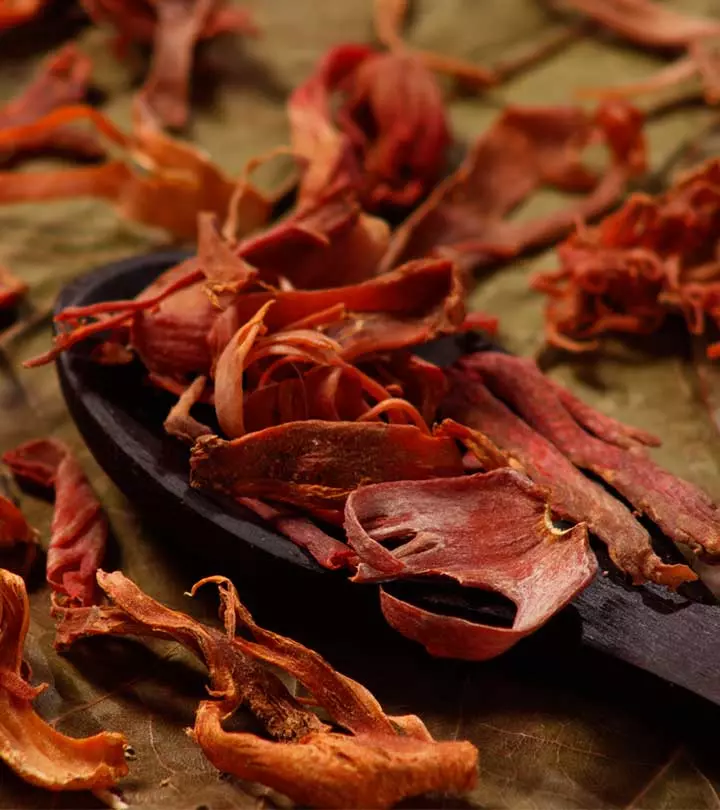
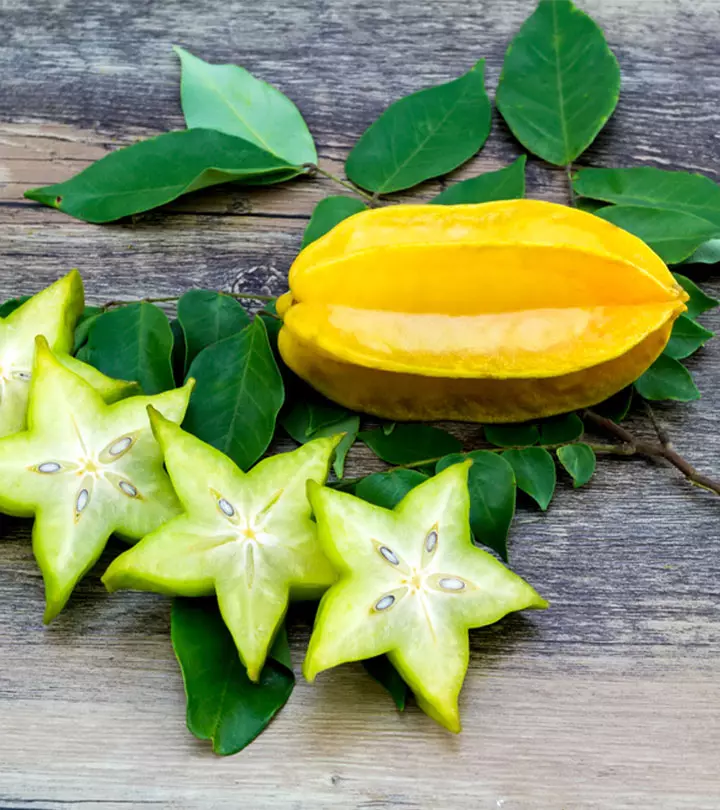
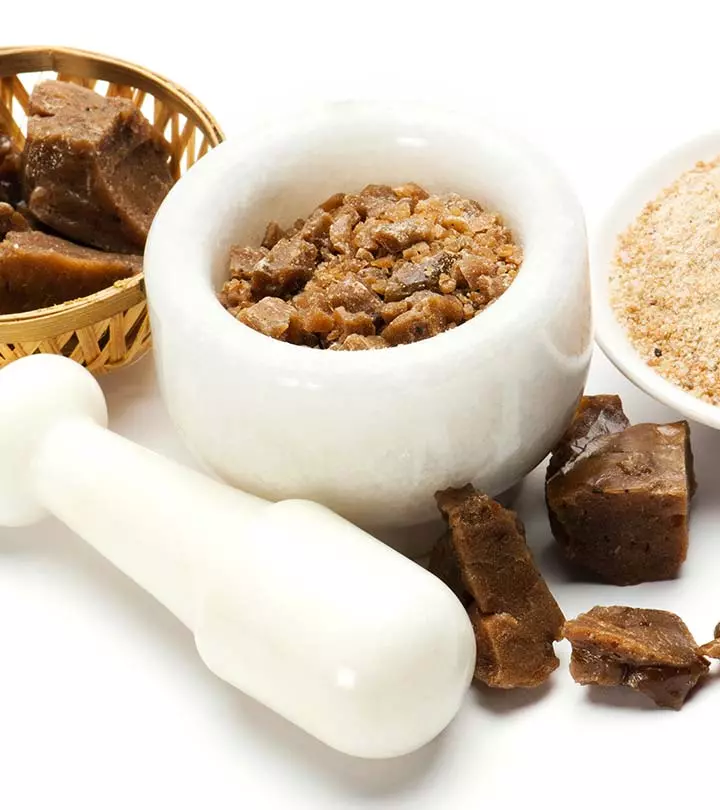
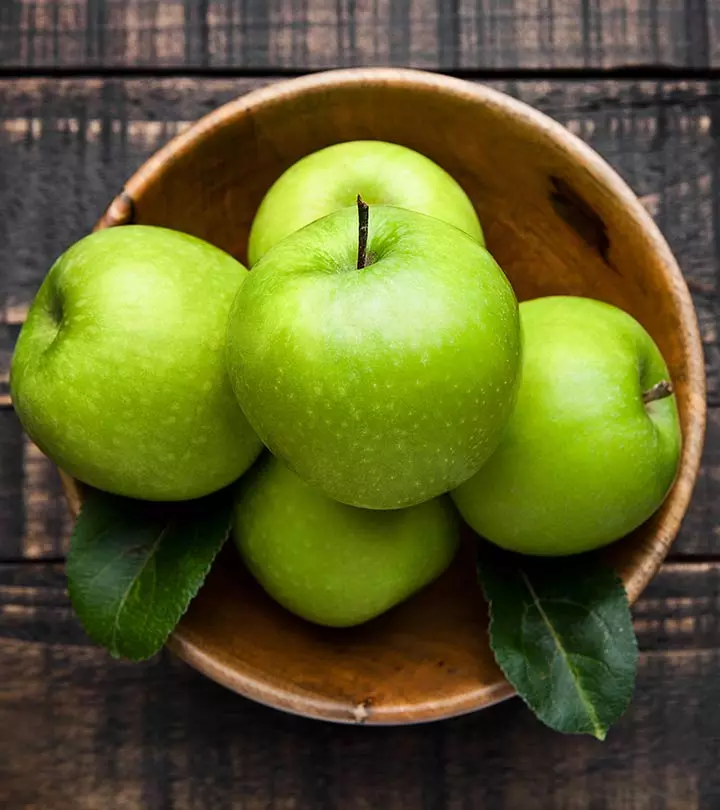


Community Experiences
Join the conversation and become a part of our empowering community! Share your stories, experiences, and insights to connect with other beauty, lifestyle, and health enthusiasts.